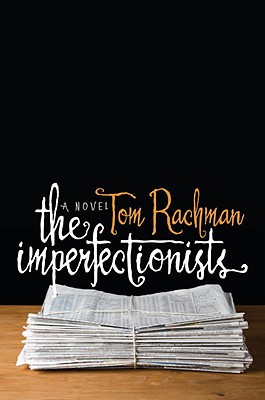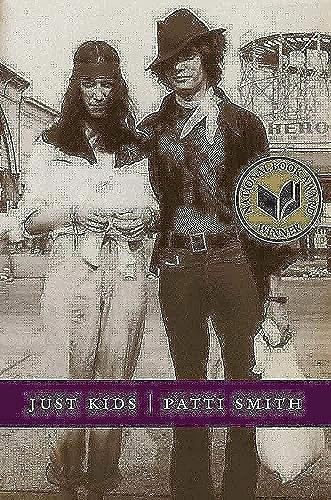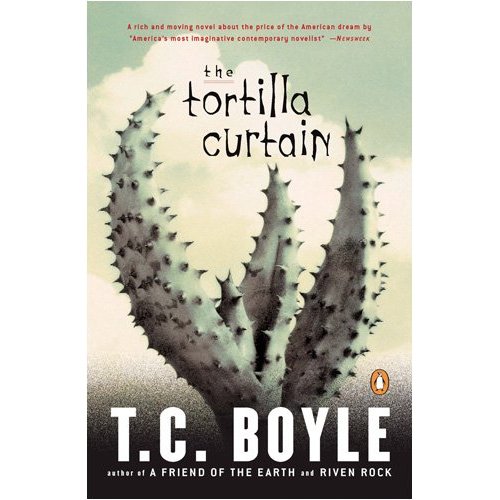Discussion leader: Edna Ritzenberg
The novel is set against the backdrop of Rome where the topsy-turvy private lives of the reporters, editors, and executives of an international English-language newspaper struggle to keep the paper, and themselves, afloat. As the era of print news gives way to the Internet age, the future of its employees is unclear. Stumbling upon the rich history of the paper, they learn the surprising truth about its founder's intention.
Reserve your copy of The Imperfectionists on ALISCat
Readers' Packet prepared by the H-WPL Staff
Reviews from the NoveList database:
- Publishers Weekly:
- /* Starred Review */ In his zinger of a debut, Rachman deftly applies his experience as foreign correspondent and editor to chart the goings-on at a scrappy English-language newspaper in Rome. Chapters read like exquisite short stories, turning out the intersecting lives of the men and women who produce the paper—and one woman who reads it religiously, if belatedly. In the opening chapter, aging, dissolute Paris correspondent Lloyd Burko pressures his estranged son to leak information from the French Foreign Ministry, and in the process unearths startling family fare that won't sell a single edition. Obit writer Arthur Gopal, whose “overarching goal at the paper is indolence,” encounters personal tragedy and, with it, unexpected career ambition. Late in the book, as the paper buckles, recently laid-off copyeditor Dave Belling seduces the CFO who fired him. Throughout, the founding publisher's progeny stagger under a heritage they don't understand. As the ragtag staff faces down the implications of the paper's tilt into oblivion, there are more than enough sublime moments, unexpected turns and sheer inky wretchedness to warrant putting this on the shelf next to other great newspaper novels. (Apr.) --Staff (Reviewed November 30, 2009) (Publishers Weekly, vol 256, issue 48, p25)
- Library Journal:
- /* Starred Review */ At the Caffe Greco in Rome, circa 1953, Atlanta financier Cyrus Ott makes an offer that can't be refused. He will establish an international English-language newspaper to be run in Italy by Betty, the woman he once loved, and her husband, Leo, a hack writer for a Chicago daily. Within the building's walls an entire history of the print news business plays out over a 50-year span as writers, editors, and accountants grow in professional stature, squander their reputations, and fade into obsolescence. A former editor for the Paris branch of the International Herald Tribune , Rachman makes outstanding use of his credentials to place readers in the center of a newsroom so palpable one can hear the typewriters clacking and feel the uncomfortable undercurrent of professional jealousy among the writers jockeying for position. Navigating the minefields of relationships, parenthood, loneliness, and failure, each realistically imperfect character, developed through intimate, candid detail, becomes a story unto himself (or herself). VERDICT With its evocative Italian setting and its timely handling of an industry in flux, this polished, sophisticated debut can be relished in one sitting or read piecemeal as a satisfying series of vignettes linked by historical references to the Ott family empire. Buy it, read it, talk it up. [See Prepub Alert, LJ 10/1/09.]—Sally Bissell, Lee Cty. Lib. Syst., Ft. Myers, FL --Sally Bissell (Reviewed January 15, 2010) (Library Journal, vol 135, issue 1, p92)
- Kirkus:
- An English-language newspaper headquartered in Rome brings together a strongly imagined cast of characters in journalist Rachman's first novel. Lloyd Burko used to be a stringer living in Paris. He's still in Paris, but now he's just an impoverished former journalist who pretends to have a computer and whose latest wife has moved in with the guy across the hall. Arthur Gopal is languishing as an obituary writer until a death in his own life enables his advancement by erasing his humanity. Hardy Benjamin is a business writer, savvy and knowledgeable about corporate finance but utterly hapless in romance. What they have in common is the never-named paper, whose history is doled out in brief chapters beginning in 1953. The novel's rich representation of expatriate existence surely benefits from the author's experiences as an AP correspondent in Rome and an editor at the International Herald Tribune in Paris; his thoroughly unglamorous depictions of newsroom cubicles and editorial offices will resonate with anyone who's had a corporate job. But, while the newspaper is its unifying factor, the narrative's heart beats with the people who work there. Rachman's ability to create a diverse group of fully formed individuals is remarkable. Characters range from a kid just out of college who learns the hard way that he doesn't want to be a reporter, to an Italian diplomat's widow. Some are instantly sympathetic, others hard to like. Each is vivid and compelling in his or her own way. The individual stories work well independently, even better as the author skillfully weaves them together. Cameo appearances become significant when informed by everything the reader already knows about a character who flits in and out of another's story. The novel isn't perfect. The interpolated chapters about the paper's past aren't very interesting; the final entry ends with a ghastly shock; and the postscript is too cute. Nevertheless, it's a very strong debut. Funny, humane and artful. (Kirkus Reviews, December 1, 2009)
Further reading:






